The Occupational Safety and Health Administration (OSHA) published the final rule on May 20, 2024, to amend the Hazard Communication Standard (HCS or HazCom) in 29 CFR 1910.1200. Amendments to the HCS will mostly align with the 7th Revision (and some parts of the 8th Revision) of the Globally Harmonized System of Classification and Labeling of Chemicals (GHS), and also contain some elements specific to the United States. The current HCS, which was implemented in 2012, mostly aligns with Revision 3 of the GHS (and contains some US-specific elements). OSHA states the amended standard will improve alignment with federal and international agencies (specifically Canada), enhance worker protection, and provide clarification of regulatory requirements[1].
The final rule takes effect on July 19, 2024, but provides a transition period for compliance. Chemical manufacturers, importers, and distributors must update labels and safety data sheets (SDSs) by January 19, 2026 for substances, and by July 19, 2027 for mixtures. Employers must update workplace labels (and their hazard communication program & training, if necessary) by July 20, 2026 for substances, and by January 19, 2028 for mixtures. During the transition period, chemical manufacturers, importers, distributors, and employers may comply with the 2012 standard, the updated standard, or both.

Revisions to the HCS are substantive. SRC is here to help you navigate the complexities to ensure your SDSs and labels are compliant! Safety data sheets and labels should be reviewed for compliance prior to the end of the respective transition dates. Amendments to the HCS impact hazard classification, pictograms, hazard statements, precautionary statements, SDSs, and labels. OSHA has published a redlined version of the Hazard Communication Standard. These changes include, but are not limited to, the following:
Updates to align with GHS Revision 7:
- Text, new/revised hazard categories and classes, statements, etc.
Definitions:
- Added: “Bulk shipment”, “Combustible dust”, “Gas”, “Immediate outer package”, “Liquid”, “Physician or other licensed health care professional (PLHCP)”, “Released for shipment”, “Solid”, and “Germ cell mutagenicity”
- Revised: “Exposure or exposed”, “Hazardous chemical”, and “Physical hazard”
- Removed: “Pyrophoric gas”
Hazard Classification:
- Addition of the requirement to include the following as part of a chemical’s hazard classification:
- any changes in the chemical’s physical form
- any chemical reaction products associated with uses/applications
- Addition of the requirement to include classification for corrosivity to the respiratory tract when testing indicates the chemical is corrosive to the respiratory tract
- Clarification regarding conditions for excluding nuisance particulates
- Acute toxicity classification:
- Clarification on the use of human experience data
- Serious eye damage / eye irritation classification:
- Updates to GHS Revision 7
- Clarification on the use of pH
- Skin corrosion / irritation classification:
- Updates to align with GHS Revision 8
- Promotion of alternative test methods
- Aerosols:
- Updates to differentiate aerosols and gases under pressure
- Updated hazard statements
- Removal of the gas cylinder pictogram for aerosols
- Revised classification categories, based on flammability and heat of combustion
- Flammable gases:
- Addition of subcategory 1b
- Pyrophoric gases and unstable gases classified as category 1a
- Addition of “Chemicals under pressure” as a new hazard category and associated classification criteria
- Addition of the hazard class “Desensitized explosives”, and associated classification criteria, hazard statements, and precautionary statements
Safety Data Sheets
- Requirement to use a unique identifier and indication of the source of the unique identifier for a chemical whose CAS number is not available or is claimed as a trade secret
- Addition of prescribed concentration ranges when a concentration or concentration range is being claimed as trade secret
- Clarification on exposure limits required to be included in Section 8 of the SDS
- Revised physical and chemical property subheadings
- Addition of the inclusion of particle characteristics under physical and chemical properties
- Addition of the requirement to include interactive effects, and information on interactions (if relevant and readily available), in section 11 of the SDS
- Addition of the requirement to indicate whether alternative information (in absence of data or information on the chemical) was used to derive the information in section 11 of the SDS, and if so, the method used to derive the information (i.e., information on a class of chemicals and using SARS to derive information)
- Changes to the hazard classification and any associated statements/pictograms for the product will impact the SDS
Labels
- Flexible label options for bulk shipments of hazardous chemicals
- Permitted use of the exclamation pictogram for hazards otherwise not classified (HNOCs)
- Flexible options for updating labels for chemicals that have been released for shipment and awaiting distribution
- Allowance of HCS pictogram and DOT pictogram on the label when a DOT placard appears on the container
- Outer package and reduced container label requirements for small containers
- Updated precautionary statements and clarification on combined statements
- Changes to the hazard classification and any associated statements/pictograms for the product will impact the label
Contact your SRC consultant today for assistance!
________________

Jamie Venable
Principal Regulatory Consultant
Posted on: 07/19/24


